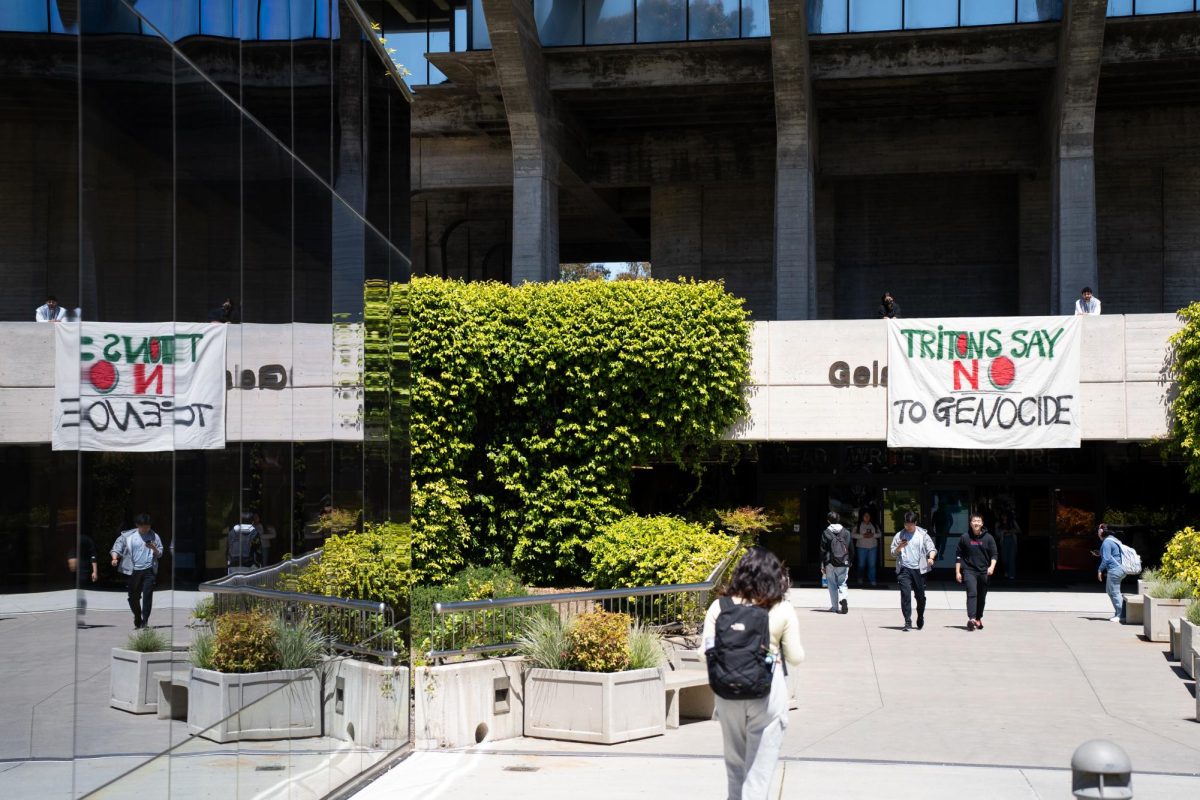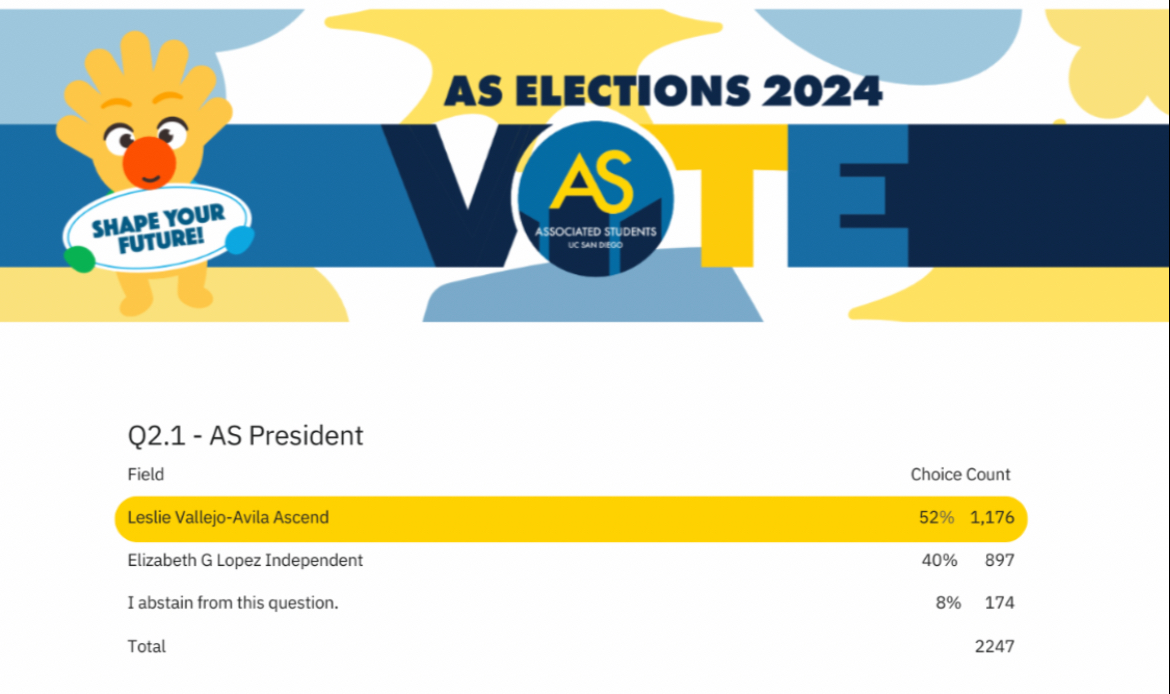After students were welcomed back with 133 fewer S parking spots at the beginning of Winter Quarter, Sixth College sophomore Allison Platt started a petition and Facebook group on Jan. 25 to ask for more parking spaces.
“I have a car here on campus and they removed a lot of S spots from the Sixth College apartment area,” Platt said. “I have to park in overflow almost every time I go to campus [and I was] fed up with paying a $600 parking pass to park so far and have to walk with a friend late at night.”
Platt wanted to change the transportation system and approached A.S. President Wafa Ben Hassine, who suggested she start a petition.
“A lot of students are a little frustrated that S spots are being converted to A and B spots without the consultation of students and [Platt] just wanted to express that,” Ben Hassine said.
Platt is currently working with Ben Hassine to move forward with the petition.
“I’m going to meet with the A.S. president to get this issue spoken about in A.S., and hopefully get our resolution in support with that and be able to bring it to the Chancellor,” Platt said.
At press time, 2,296 individuals — mostly undergraduate students — have signed the petition online at the A.S. Council’s website. Platt said she is aiming for 22,000 signatures because it is the approximate number of undergraduates on campus.
“I started the petition [on Tuesday, Jan. 25] at 1 p.m.,” Platt said. “Within the first hour, I had 200 signatures and within four hours, I had 800.”
Over winter break, Transportation and Parking Services reallocated and reduced the number of parking spots to make room for new construction projects, mostly from lots in Sixth and Revelle College.
Since A and B spots were reduced, S parking spots have taken the hit. Displaced S parkers have to park on the East Campus parking lots where there are about 1,200 open spaces, according to Resource Management and Planning Communications director Rex Graham.
In P603 — a parking lot in Basic Science Building South in the School of Medicine that has no S spots —148 spaces were taken away from a total of 228 spots (that previously included 157 A spaces). In the lot, 146 A spaces were taken away and only six visitor-pay-and-display spots added.
To even out the distribution, 140 B spaces in Gilman Parking Structure and P604 (on the corner of Osler Lane and Gilman Drive, near the School of Medicine) will also be taken away.
To replace those lost B spaces, 98 S spots in P406 (located in Sixth College, on the south side of Pepper Canyon apartments) and 35 S spots in P102 (located in Revelle College by La Jolla Playhouse) were converted to B spots.
Graham said they may change spaces in P401 (located in Sixth College, on the north side of Pepper Canyon apartments) to B at some point in the future.
Graham said the allocation of parking spots gives precedence to A spaces, followed by B and then S spaces in terms of proximity to a building or area.
“We’re at the bottom of the food chain,” Platt said. “That order needs to be re-evaluated because the undergraduate students make up a majority of the campus.”
Platt said this does not mean creating more parking spaces, lots or structures, but instead for A and B spots to be reallocated to S spots.
With a total of 14,138 parking spaces on campus, there are 4,910 S spots, 1,858 A spots, 4,145 B spots and 1,084 visitor spaces as of Jan. 1.
The approved re-allocation of spaces was proposed by the Transportation Policy Committee, which is an advisory board made up of students and administrators.
The idea was proposed to TPC on Dec. 6. Transportation Services then implemented the space changes after surveys, feedback from stakeholders and allocation procedure, Graham said.
The UC system does not receive state funding for parking.
According to Graham, there are currently an estimated 28,550 students, compared to 19,681 in 2001. Each day in 2010, 53,000 people commuted to campus, as opposed to 38,000 in 2001. Last year, about 32,000 vehicles commute to campus, with 44 percent traveling in single-occupancy vehicles.
“Overall, the numbers of single-occupancy vehicle trips to the campus have been falling due to a variety of alternative transportation solutions that reduce traffic and lower the carbon footprint of the campus,” Graham said.
In 2001, there were 11,132 campus parking spaces. Nine years later, only 315 parking spaces were added.
“Greater usage of public transportation and other alternative transportation by students, faculty and staff reduces the need to build additional parking structures on campus,” Graham said.
Pratt said there is a better way to set up the transportation and commuter system for UCSD.
“A lot of buses don’t run late at night and we’re college students,” Platt said. “We need to be here late at night and we need to get transportation late at night and transportation doesn’t allow for that. That’s why people get and need cars, it’s because public transportation in San Diego is not that great.”
Readers can contact Regina Ip at [email protected].







